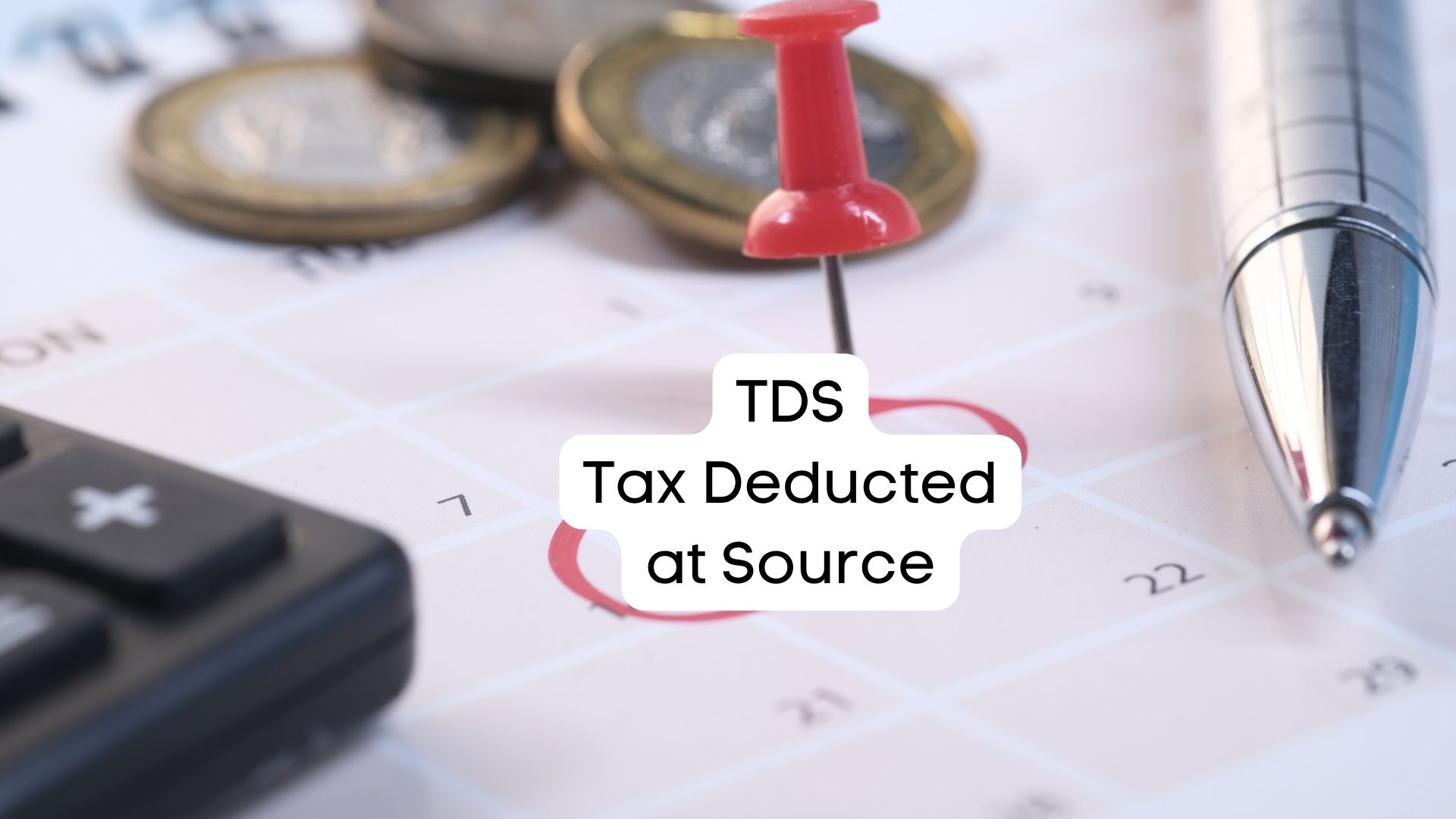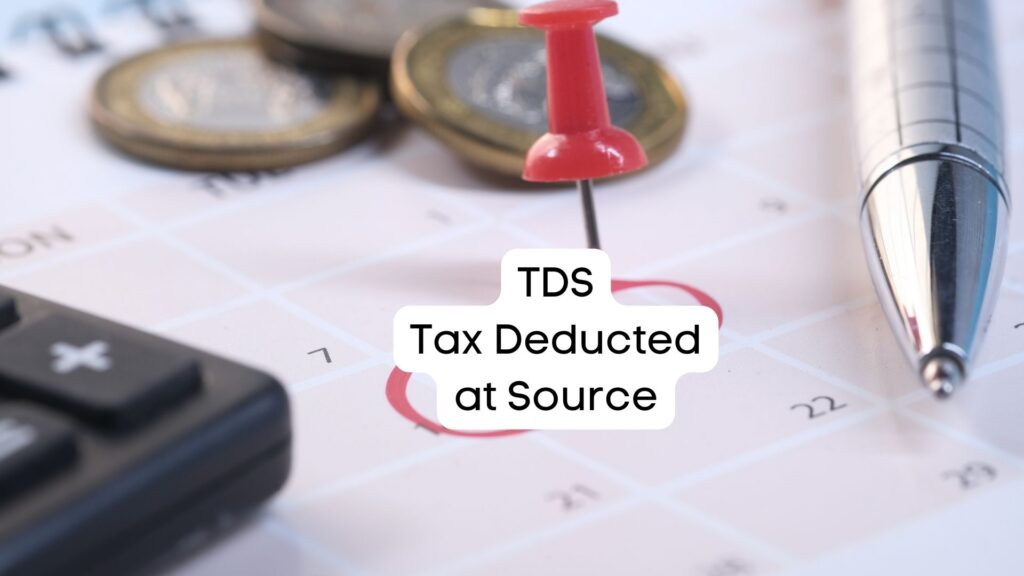
17 Feb Understanding Tax Deducted at Source (TDS) Regulations in India

Delving into the intricate framework of Tax Deducted at Source (TDS) rules in India is crucial for individuals and businesses alike. TDS, a fundamental aspect of tax compliance, entails deducting a portion of income at the source before it reaches the recipient. This article aims to elucidate the nuances of TDS regulations, shedding light on its significance, application, and procedural intricacies.
What is TDS?
TDS, abbreviated for Tax Deducted at Source, is a statutory mechanism established under the Indian Income Tax Act. It mandates that specified categories of payments necessitate deduction of a predetermined percentage of tax before disbursing funds to the beneficiary. This preemptive tax deduction is then remitted to the government on behalf of the recipient.
Applicability and Deduction Criteria:
TDS applies across various payment categories, encompassing salaries, interest, rent, professional fees, and commissions, among others. The primary objective of TDS is to ensure steady tax collection throughout the fiscal year, thwarting tax evasion endeavors. The obligation to deduct TDS arises for any entity mandated under the Income Tax Act, with certain exceptions for individuals or Hindu Undivided Families (HUFs) not subject to audit requirements.
The deduction rates for TDS are stipulated by the Income Tax Act, varying depending on the nature of the payment. Entities withholding TDS are required to adhere to these prescribed rates diligently. Additionally, individuals can avail exemptions from TDS deductions by furnishing appropriate documentation if their total income falls below the taxable threshold.
Deadline for TDS Payment:
TDS deducted during a particular month is due for remittance to the government by the seventh day of the subsequent month. However, for TDS deductions made in March, the deadline extends to April 30th. For transactions involving rent and property purchases, the TDS payment deadline is set at 30 days from the end of the month in which the deduction occurred.
TDS Certificates and Compliance:
TDS certificates, such as Form 16, Form 16A, Form 16B, and Form 16C, serve as tangible evidence of tax withholding. These certificates are issued by the deductor to the deductee, reflecting the TDS deduction from their income. It is imperative for both parties to ensure compliance with TDS regulations, as noncompliance may result in penalties and legal ramifications.
Conclusion:
Understanding the intricacies of TDS regulations empowers taxpayers to navigate the tax landscape adeptly, fostering compliance and contributing to revenue collection efforts. Whether an individual taxpayer or an entity engaged in financial transactions, adherence to TDS rules ensures seamless tax administration and legal conformity.


No Comments